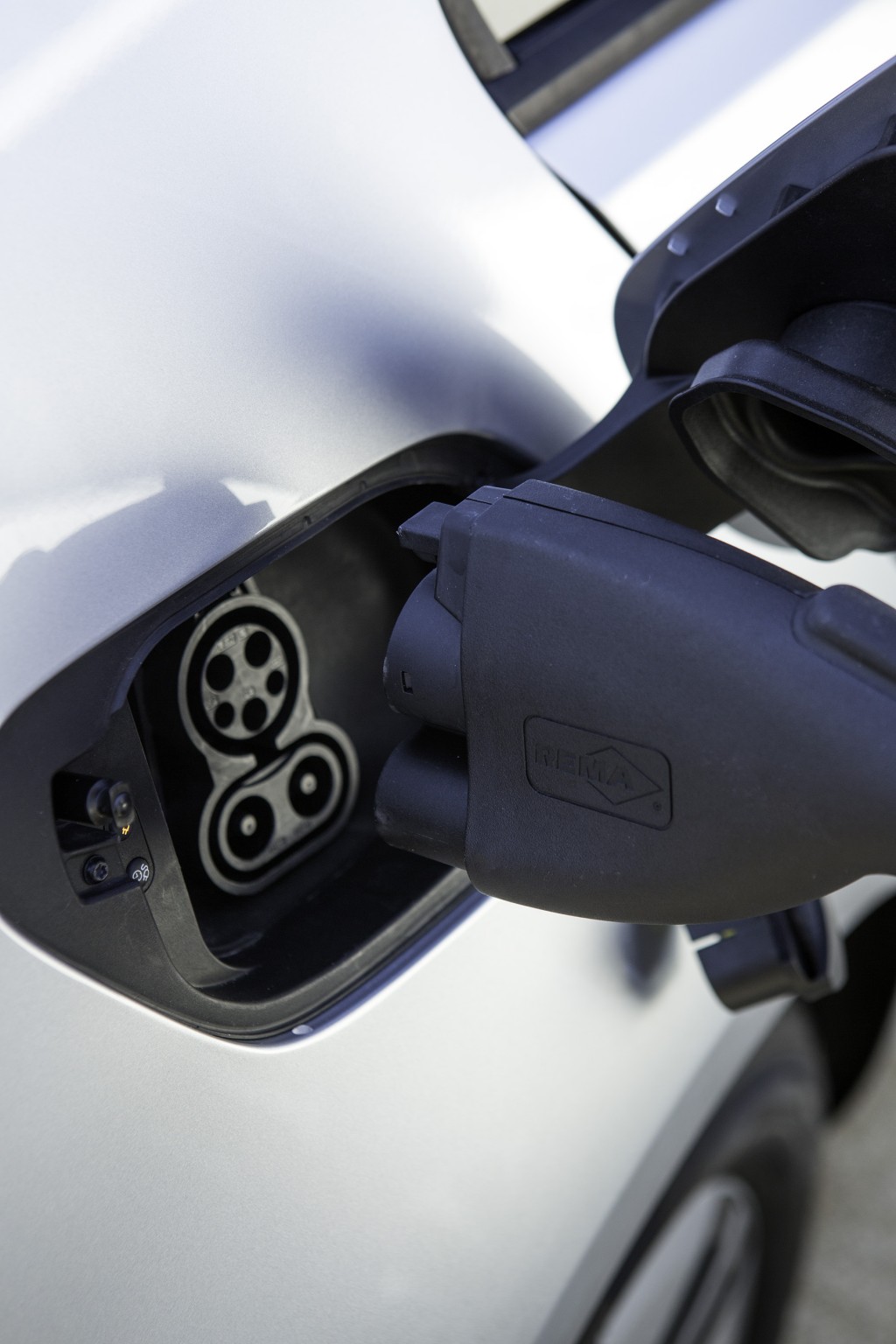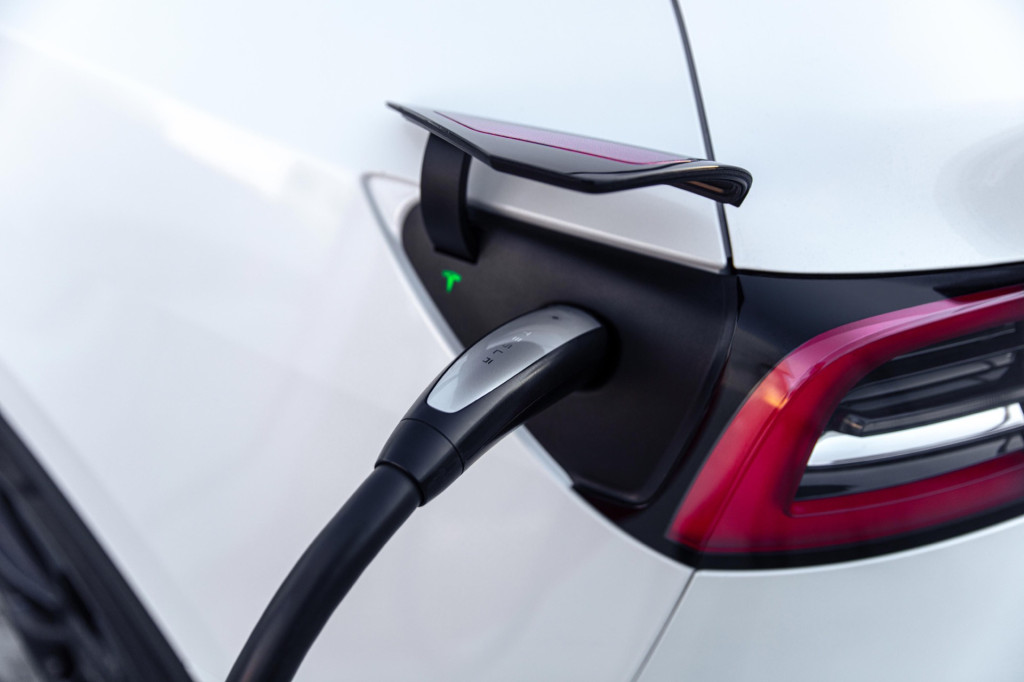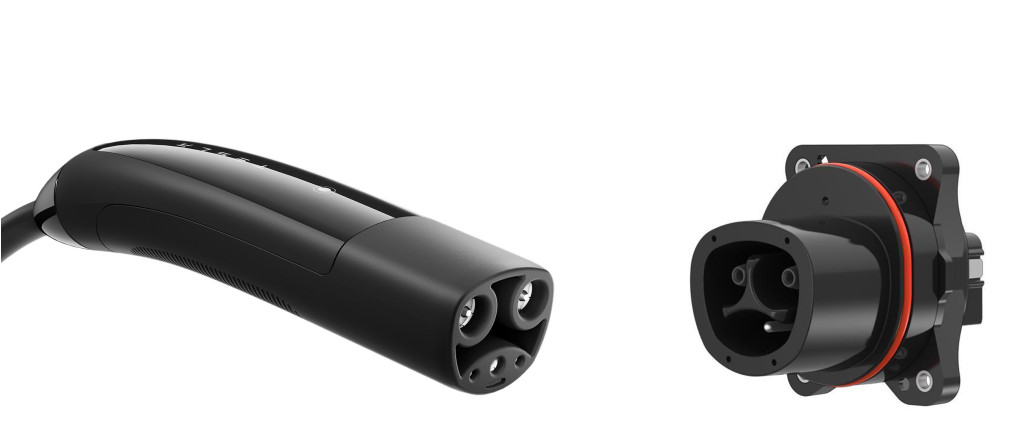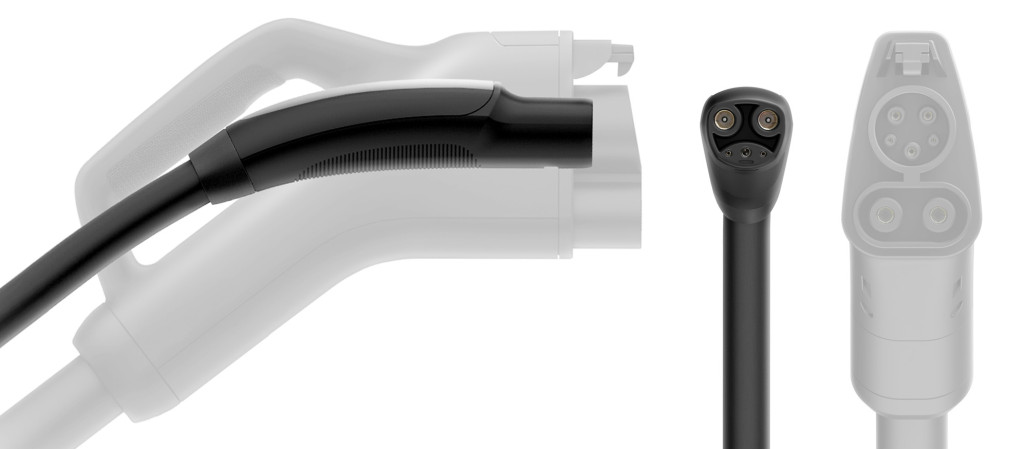General Motors is the latest automaker to say if you can't beat 'em, join Tesla.
GM on Thursday announced it will align with Tesla and allow its electric vehicle owners to DC-fast charge on Tesla's robust Supercharger network as early as 2024. Initially, the connection to Superchargers will be made by adapter.
By 2025, GM will switch entirely from designing its EVs with the bulkier and less efficient Combined Charging System (CCS) to Tesla's sleeker and more capable connector as part of what Tesla calls the North American Charging Standard.
“This collaboration is a key part of our strategy and an important next step in quickly expanding access to fast chargers for our customers," GM Chair and CEO Mary Barra said in a statement. "Not only will it help make the transition to electric vehicles more seamless for our customers, but it could help move the industry toward a single North American charging standard.”
The announcement amounts to a seismic shift away from the fast-charging protocol used by virtually every other automaker except Nissan and Mitsubishi, who still use the Japanese fast-charging standard of CHAdeMO (China has a different protocol).
It follows Ford's announcement at the end of May to abandon CCS altogether and fully commit to the NACS interface moving forward.
GM says it will integrate the Supercharger network into its vehicles and apps, so the network of 12,000 fast chargers will be as easy to locate as existing CCS fast chargers. GM says the Superchargers will add to its existing network of 134,000 chargers (Level 1 and 2 included) available to its EV drivers now. The network will enhance the more than 5,000 DC fast chargers currently in development as well as the 13,000 existing DC fast chargers, by GM estimates.

Volkswagen e-Golf electric car using Combined Charging System (CCS) DC fast charging
By 2025, once the NACS ports are built into GM cars, GM will invert the proposal by offering a CCS adapter.
The CCS1 combo coupler (CCS2 in Europe) combines AC and DC charging capability into one port, with a five-pin AC connector up top and a large dual-pin DC connector at bottom. It's big and bulky, and requires a fuel-door sized opening in the body of the vehicle. Tesla's connector is smaller and lighter weight, and requires an opening no bigger than a smartphone.

Tesla Supercharger

Tesla Supercharger connector - now called NACS

Tesla Supercharger connector - now called NACS
While both connectors can handle up to 350 kw, the NACS connector has the capability to handle 1 Megawatt of DC charging, according to Tesla. There are no current EVs built to handle that amount, for now.
